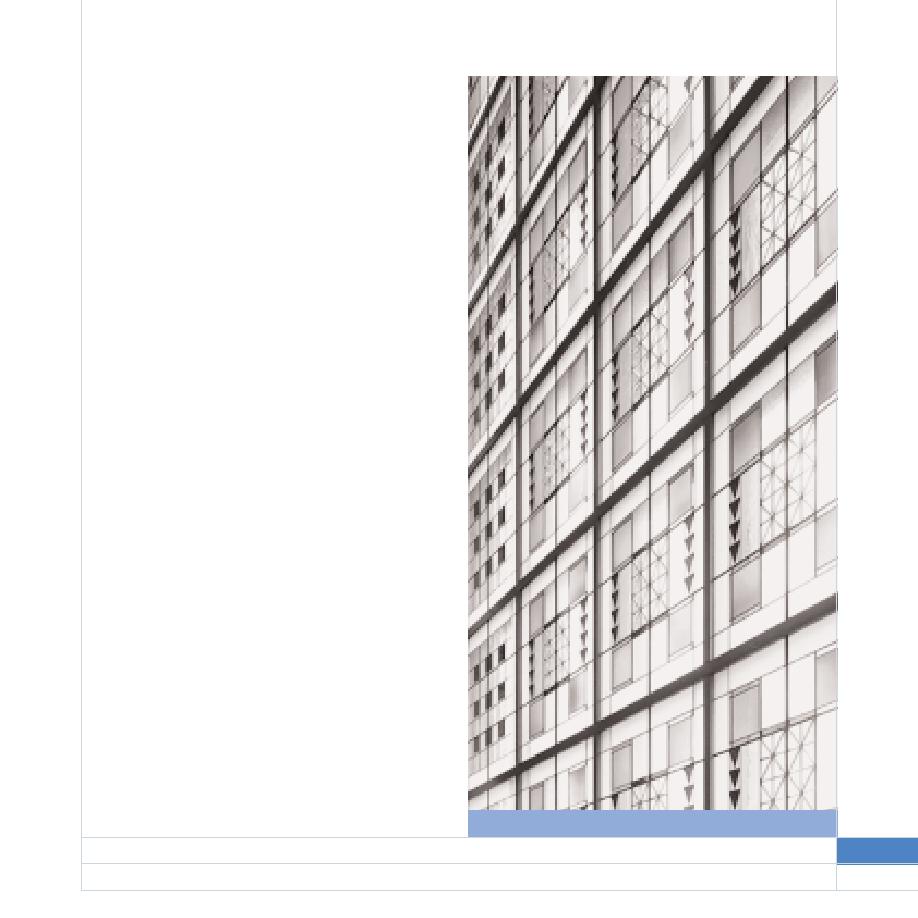
Unacceptable systems include untreated monolithic
annealed or heat-strengthened glass; and wire glass.
In general, thicker anti-shatter security films provide higher
levels of hazard mitigation than thinner films. Testing has
shown that a minimum of a 7 mil thick film, or specially
manufactured 4 mil thick film, is the minimum to provide
hazard mitigation from blast. The minimum film thickness
that should be considered is 4 mil.
Not all windows in a public facility can reasonably be
designed to resist the full forces expected from the design
blast threats. As a minimum, design window systems
(glazing, frames, and anchorage) to achieve the specified
performance conditions (Table 8-2) for the actual blast
pressure and impulse acting on the windows up to a
maximum of ___ psi and ___ psi-msec. As a minimum
goal, the window systems should be designed so that at
least __ percent of the total glazed areas of the facility
meet the specified performance conditions when sub-
jected to the defined threats (project-specific information
to be provided).
In some cases, it may be beneficial and economically
feasible to select a glazing system that demonstrates a
higher, safer performance condition. Where tests indicate
that one design will perform better at significantly higher
loads, that design could be given greater preference.
Where peak pressures from the design explosive threats
can be shown to be below 1 psi acting on the face of the
building, the designer may use the reduced requirements
of Exterior Walls, Limited Protection, in this section.
Additional Glazing Requirements:
Ballistic windows, if required, shall meet the requirements
of UL 752 Bullet-Resistant Glazing Level ___ (project-
specific information to be provided). Glass-clad
polycarbonate or laminated polycarbonate are two types
of acceptable glazing material.
Robert C. Byrd Courthouse, Charleston, WV
247
SECURITY
DESIGN
8.4
New Construction
Revised March 2005 PBS-P100


 Previous Page
Previous Page
